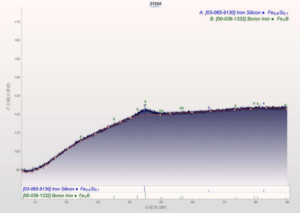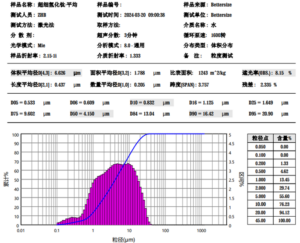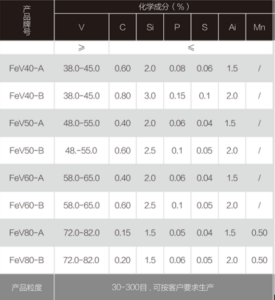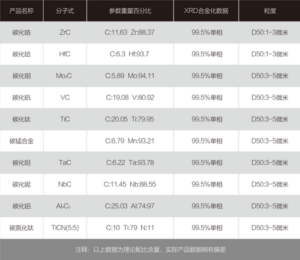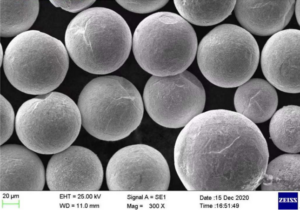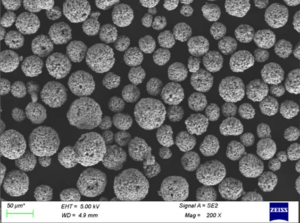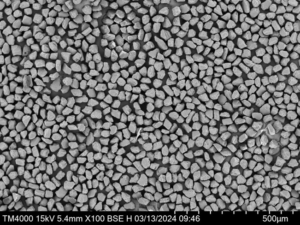Tabla de contenidos
ToggleSpherical powders refer to powder materials with a spherical particle morphology produced by advanced manufacturing processes. This guide covers the properties, production methods, applications, specifications, advantages, and suppliers of spherical powders across industries.
Overview of Spherical Powders
Spherical powders contain small spherical-shaped particles that provide benefits over irregular powder shapes:
- Improved flowability and packing density
- Reduced internal voids and porosity
- Uniform particle size distribution
- Smoother finish on final sintered parts
- Easier dispersibility in fluids
Spherical morphology is advantageous for metal powders used in additive manufacturing, powder metallurgy, thermal spraying, metal injection molding, and other powder-based applications.
Production Methods for Spherical Powders
Common processes for manufacturing spherical powders include:
- Gas Atomization – High pressure inert gas jet melts and disintegrates metal stream into fine droplets that solidify into spherical powder.
- Plasma Atomization – Metal is melted using a plasma torch and atomized by inert gas into spherical particles.
- Electrode Induction Melting – Metal bar is induction melted and centrifugal forces form droplets that solidify into spherical powder.
- Chemical Methods – Controlled chemical precipitation reactions produce spherical particles from metal salts.
Gas atomization with control of process parameters allows consistent achievement of desired powder size distribution and spherical morphology. Plasma process enables sphericity of reactive alloys like titanium and titanium aluminides.
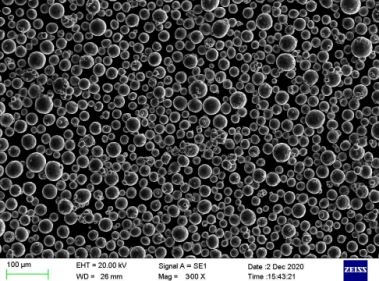
Applications of Spherical Powders
| Industry | Applications |
|---|---|
| Additive manufacturing | 3D printing of metals like stainless steel, titanium, nickel alloys |
| Powder metallurgy | Manufacturing ferrous and non-ferrous P/M parts |
| Metal injection molding | Producing small, complex parts with good performance |
| Thermal spray | Wear and corrosion resistant coatings |
| Electronics | Conductive pastes and thick films |
| Ceramics | Uniform precursor materials for ceramics |
| Pharmaceuticals | Drug particles with improved flow and dispersibility |
Benefits of spherical morphology:
- Higher packing densities for sintered P/M parts
- Lower surface roughness of finished components
- Reduced porosity in additive manufacturing
- Improved fluidity for injection molding
- Uniform thickness and coverage for thermal spray coatings
Specifications of Spherical Powders
Spherical powders are characterized by parameters like:
| Parameter | Typical Values |
|---|---|
| Materials | Metals, alloys, ceramics, composites |
| Particle size | 1 – 150 microns |
| Particle shape | Sphericity > 0.9 |
| Size distribution | Controlled based on application |
| Flow rate | 25 – 35 s/50g |
| Apparent density | Up to 60% of theoretical density |
| Oxide content | < 300 ppm for reactive metals |
| Surface roughness | < 1.5 μm |
| Porosity | < 5% for spherical vs. 20% for irregular powder |
Powders are customized for size distribution, composition, and application method.
Suppliers of Spherical Powders
Some of the major global suppliers of spherical powders include:
| Company | Powder Materials |
|---|---|
| Sandvik Osprey | Titanium, Nickel, Cobalt alloys |
| TLS Technik | Titanium, Tool steels, Copper |
| Höganäs | Iron, Stainless steels |
| Praxair | Titanium, Tungsten, Tantalum |
| Carpenter Additive | Cobalt Chrome, Inconel, Stainless steels |
| LPW Technology | Titanium, Aluminum, Magnesium |
Suppliers invest in gas atomization and plasma technology to produce high quality spherical powders. Customization services are offered.
Benefits of Using Spherical Powders
Some key advantages of using spherical powders:
- Improved density and reduced porosity in sintered parts
- Allows complex geometries by better powder flow in injection molding
- Lower surface roughness by reduced particle interlocking
- Uniform composition and microstructure
- Wider range of achievable particle sizes
- Increased powder recyclability and reuse
Spherical morphology enhances manufacturability, properties, and performance for powder-based applications.
Challenges With Spherical Powders
Some challenges associated with spherical powders:
- High production costs compared to gas atomized irregular powder
- Limited ability to produce large volumes
- Restricted to smaller particle size ranges
- Special handling required to avoid particle damage
- Oxidation risk for reactive materials without inert atmosphere
- Requires advanced characterization and testing methods
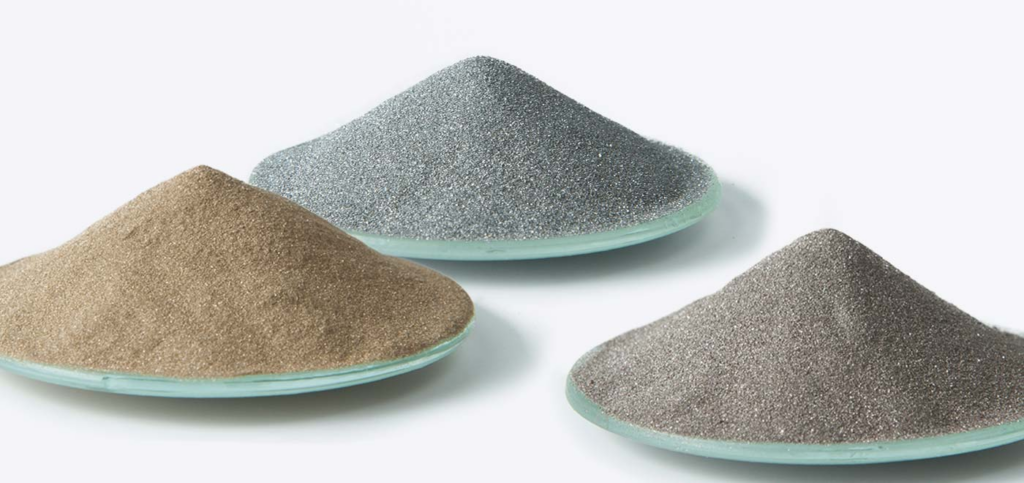
Cost Comparison to Irregular Powders
| Powder Type | Cost Per Kg |
|---|---|
| Irregular nickel alloy | $30-60 |
| Spherical nickel alloy | $45-90 |
| Irregular titanium alloy | $80-150 |
| Spherical titanium alloy | $120-220 |
Higher cost due to specialized manufacturing but enhanced properties justify use where performance is critical.
FAQs
Q: What is powder sphericity and how is it measured?
A: Sphericity indicates how close the particle is to a perfect sphere. It is measured using image analysis software and quantitative shape factors.
Q: What is the benefit of sphericity in metal powder?
A: Spherical powder improves flowability, packing density, microstructure, and properties like tensile strength and fatigue life in sintered and AM parts.
Q: How small can spherical powders be produced?
A: Advanced gas atomization methods can produce spherical powders down to the nano-scale range of 1-100 nm size. But average sizes are usually above 10 microns.
Q: Which industries use spherical powders the most?
A: Additive manufacturing and powder metallurgy are the largest consumers of spherical powders due to the significant benefits offered.
Q: What are the limitations of spherical powders?
A: High cost, smaller volumes produced, oxidation risks in handling, and limited size ranges restrict applicability. Irregular powder remains more widely used.
Q: How are spherical and non-spherical powders differentiated?
A: Quantitatively using software measured shape factors like circularity, roundness and aspect ratio. Qualitative shape descriptors like spherical, irregular, dendritic, popcorn are also used.
Q: Are there health risks associated with spherical powders?
A: Yes, inhalation risks exist like any fine powder. Appropriate engineering controls, ventilation, and PPE must be used for safe handling.
Conclusion
Spherical powders provide significant advantages over irregular powders for manufacturing methods like metal additive manufacturing and injection molding. This guide covered spherical powder production methods, key applications across industries, specifications, benefits in part properties and performance, cost comparison, and supplier landscape. The future looks promising for increasing adoption of spherical powders for critical applications.
